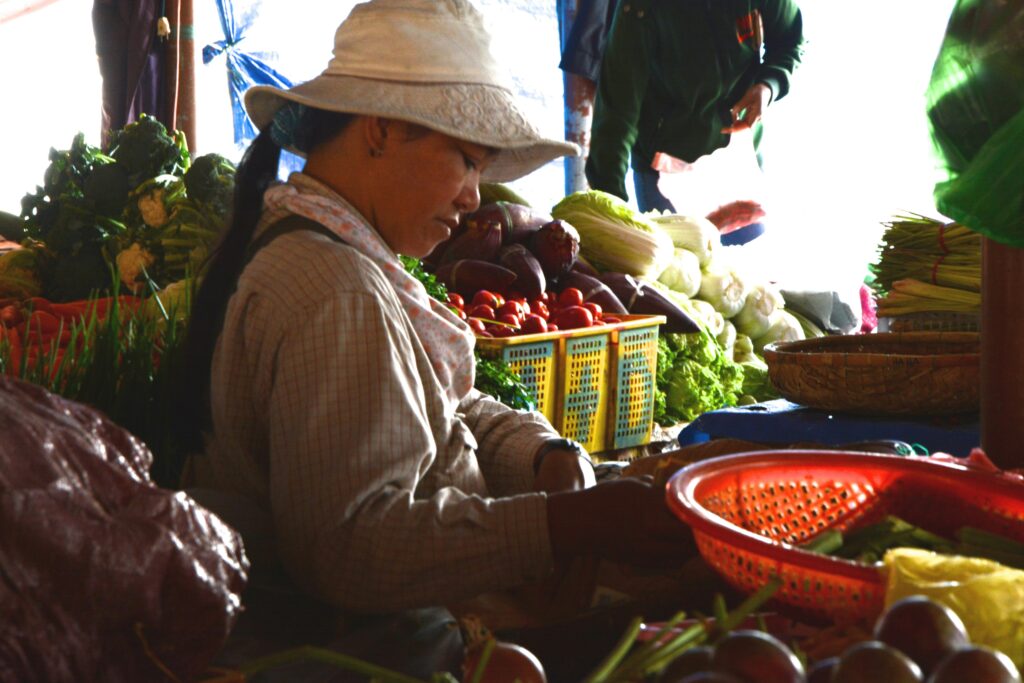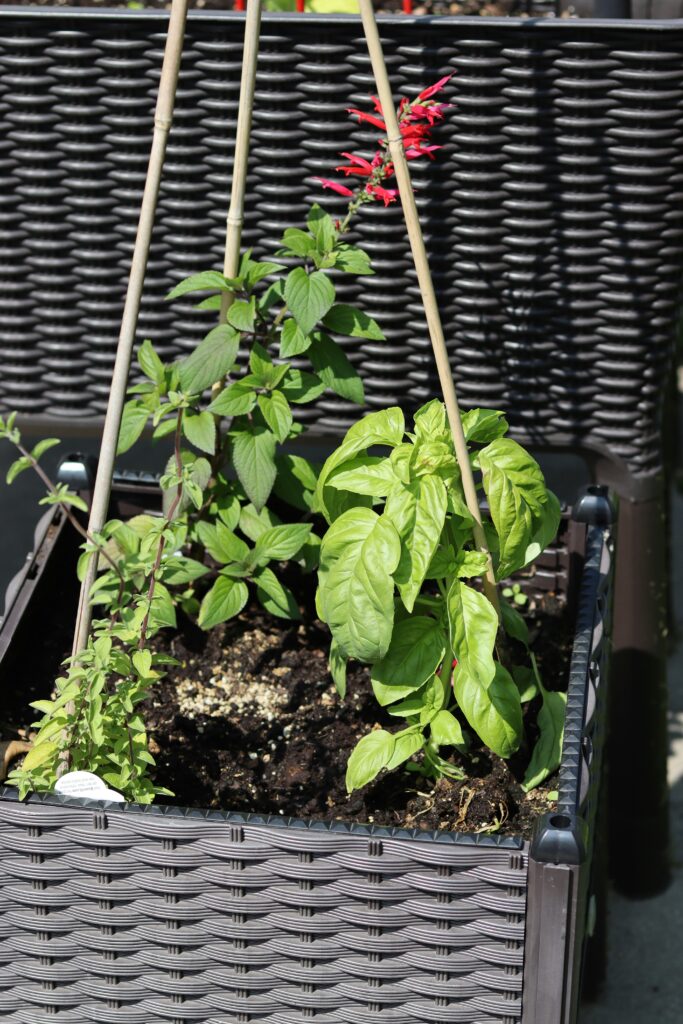It’s no secret that Singapore’s cost of living is rising, and with an abundance of affordable but less nutritious culinary options, finding ways to eat healthily while staying within budget can be challenging. Yet, with some planning and smart shopping strategies, you can enjoy a nutritious diet without breaking the bank. Here are some practical tips for healthy, budget-friendly eating in Singapore.
- 1. Plan Your Meals
- 2. Shop at Wet Markets
- 3. Buy in Bulk
- 4. Cook at Home
- 5. Utilize Discounts and Promotions
- 6. Grow Your Own Herbs and Vegetables
- 7. Choose Affordable Protein Sources
- 8. Embrace Frozen Fruits and Vegetables
- 9. Limit Processed Snacks and Sugary Beverages
- 10. Opt for Whole Grains
1. Plan Your Meals
I’m sure you’ve had your fair share of doom–scrolling and listening to social media fitness guru constantly emphasizing on meal planning, right? But do you know meal planning is the cornerstone of both healthy eating and budgeting? It’s important to spend some time each week planning your meals – taking into account your dietary needs and preferences. By knowing what you’ll eat each day for a week, you can easily create a condensed and focused shopping list and avoid impulse buys. Planning also helps you incorporate a variety of nutrients into your diet, ensuring balanced and healthy meals.

2. Shop at Wet Markets
Wet markets in Singapore are every local’s best kept secret. Here, you can get fresh produce at lower prices compared to supermarkets. Fruits, vegetables, and even seafood and meat are cheaper and fresher here. It’s also crucial to take advantage of these markets to buy seasonal produce. Shopping here also means you’re supporting local vendors, which is always a plus. Make it a habit to buy seasonal produce as it is often cheaper and has a lower environmental impact due to reduced transportation and storage costs.
3. Buy in Bulk
This may come as a no-brainer but purchasing staples like rice, grains, beans, and nuts in bulk can significantly reduce your grocery bill. Bulk buying also reduces packaging costs and often comes with a discount for larger quantities. Proper storage is essential here —use airtight containers to keep items fresh and avoid pest infestations. This method also helps reduce packaging waste, making it a more eco-friendly approach to grocery shopping.

4. Cook at Home
In this day and age, everyone should have basic cooking skills. Especially with the influx of air fryers and the like. Cooking at home also allows you to control ingredients and portion sizes – making it easier to eat healthily. Home-cooked meals are generally less expensive than eating out. What’s more, you can also experiment with all kinds of recipes that are readily available. Here’s a tip: batch cooking and meal prepping can save time and ensure you have healthy meals ready throughout the week. Additionally, you can use leftovers creatively to avoid food waste and stretch your food budget further.
5. Utilize Discounts and Promotions
Channel your inner kiasu and take advantage of discounts, promotions, and loyalty programs offered by supermarkets and grocery stores. Keep a lookout for card promotions to snag the best deals possible too. Many stores in Singapore offer weekly deals on fresh produce, meat, and dairy products. Apps like Fave, Shopee, Foodpanda, Grab, and Lazada also provide discounts on groceries. As such, planning your shopping around these deals can lead to substantial savings over time.

6. Grow Your Own Herbs and Vegetables
If you’ve a green thumb and the space to do so, you can also consider growing your own herbs and vegetables. You don’t need a huge garden — a balcony or windowsill with pots will do. Start with easy-to-grow herbs like basil, mint, or coriander, which can add flavor to meals and even replace store-bought seasoning. Not only is it economical, but gardening can also be a relaxing hobby.
7. Choose Affordable Protein Sources
Protein, despite being essential for a healthy diet, can be expensive. Hence, it’s important to opt for affordable protein sources like eggs, tofu, lentils, and canned beans. These options are nutritious, versatile, and cost-effective. Incorporate a mix of these proteins into your meals to ensure you meet your dietary needs without overspending. Eggs are versatile and can be used in many dishes, from salads to stir-fries. Lentils and beans are packed with fiber and can be added to soups, stews, and salads. Incorporate these alternatives into your diet to ensure you’re getting enough protein without overspending.

8. Embrace Frozen Fruits and Vegetables
Frozen fruits and vegetables are often as nutritious as fresh ones because they are frozen at peak ripeness. They’re also generally cheaper, last longer, and reduce food waste. You can easily incorporate frozen fruits into smoothies, oatmeal, or yogurt, while frozen vegetables work well in stir-fries, soups, and pasta dishes. By choosing frozen produce, you’ll have nutrient-dense options readily available, even when you’re running low on fresh ingredients.
9. Limit Processed Snacks and Sugary Beverages
Processed snacks and sugary drinks can quickly eat into your budget without offering much in the way of nutrition. They often contain high amounts of sugar, salt, and unhealthy fats, which contribute to health issues over time. Replace these with whole foods like fruits, nuts, or homemade snacks. Not only will you save money, but you’ll also benefit from healthier alternatives that offer more nutrients and keep you full longer.

10. Opt for Whole Grains
Whole grains like brown rice, quinoa, and oats are nutrient-dense and affordable. They keep you feeling full longer and provide sustained energy throughout the day. Buying whole grains in bulk can further reduce costs, and they are versatile ingredients that can be used across various meals. Try using brown rice or quinoa as a base for salads, grain bowls, or stir-fries to add fiber and essential nutrients to your diet.
Final Thoughts
In conclusion, it is possible to eat healthy while saving money in Singapore! All you need to do is plan your meals and make smart choices. Remember, the key to affordable healthy eating lies in proper planning, budgeting, creativity, and making the most of available resources. With these strategies, you can enjoy wholesome meals and stay financially savvy in no time!



You must be logged in to post a comment.